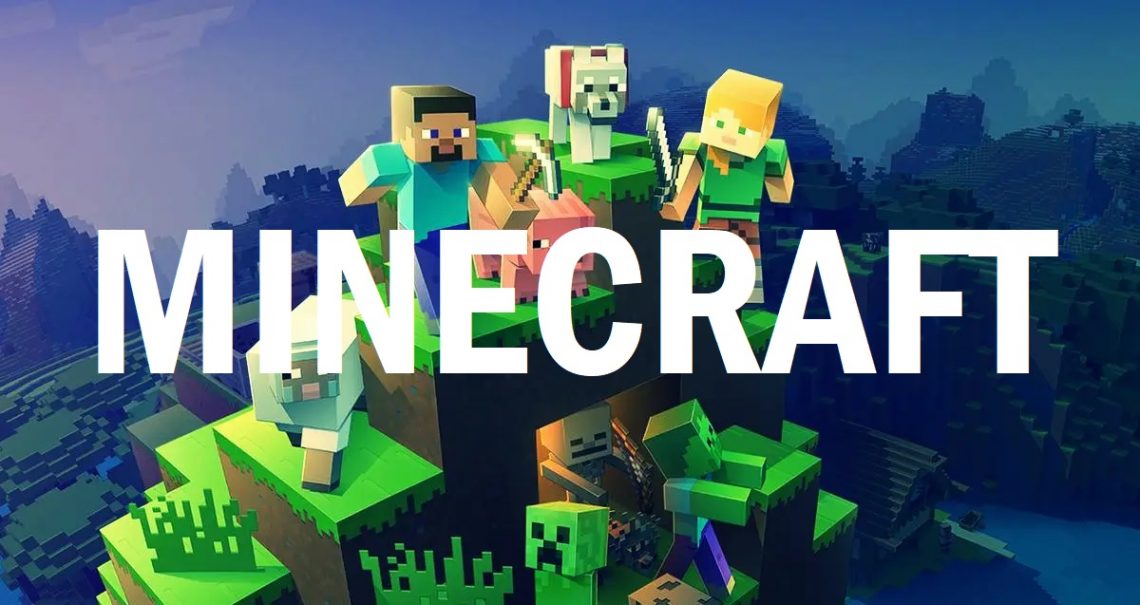Minecraft is a popular sandbox video game that allows players to build and explore virtual worlds made up of blocks. Whether you’re playing with friends or creating your own realm, having a reliable hosting server is crucial for an optimal gaming experience. In this article, we will dive into the world of hosting servers for Minecraft, exploring their importance, factors to consider when choosing one, popular providers, setup steps, best practices, benefits of dedicated servers, common issues, the future of Minecraft hosting, and more.
What is Minecraft?
Before delving into hosting servers Minecraft, let’s briefly understand what Minecraft is. Minecraft, developed by Mojang Studios, is a game that lets players unleash their creativity and imagination. It offers various modes, including survival mode, creative mode, and adventure mode, each offering unique gameplay experiences. The game’s popularity has soared over the years, attracting millions of players worldwide.
Importance of a Hosting Server for Minecraft
When playing Minecraft, a hosting server acts as the central hub that enables players to connect, collaborate, and embark on adventures together. It provides a stable and secure environment for multiplayer gameplay, ensuring smooth performance, low latency, and minimal downtime. Additionally, a hosting server allows you to customize your Minecraft experience with plugins, mods, and resource packs, enhancing gameplay possibilities.
Factors to Consider When Choosing a Hosting Server for Minecraft
Selecting the right hosting server for Minecraft can significantly impact your gaming experience. Consider the following factors before making a decision:
1. Performance: Look for hosting servers with high processing power, RAM, and dedicated resources to handle the demands of Minecraft gameplay.
2. Scalability: Choose a hosting server that allows easy scalability, enabling you to expand resources as your player base grows.
3. Server Location: Opt for a server located geographically close to you and your target player base to reduce latency and ensure smoother gameplay.
4. Customer Support: Reliable customer support is essential in case you encounter technical issues or need assistance with server management.
5. Security Measures: Prioritize hosting servers that offer robust security features, such as DDoS protection, regular backups, and firewalls, to safeguard your Minecraft world.
Types of Hosting Servers for Minecraft
There are various types of hosting servers available for Minecraft. Let’s explore the most common options:
1. Shared Hosting: Shared hosting servers are cost-effective and suitable for small Minecraft communities. However, they may have limitations in terms of performance and customization options.
2. Virtual Private Server (VPS) Hosting: VPS hosting provides dedicated resources within a shared environment. It offers more control, scalability, and performance compared to shared hosting.
3. Dedicated Server Hosting: Dedicated servers offer maximum performance, customization, and control. They are ideal for larger Minecraft communities and provide a seamless gaming experience.
Steps to Set Up a Hosting Server for Minecraft
Setting up a hosting server for Minecraft might seem intimidating, but it can be a straightforward process. Follow these steps to get started:
Step 1: Choose a Hosting Server Provider: Select a reliable hosting server provider based on your requirements and budget.
Step 2: Select a Hosting Plan: Choose a hosting plan that suits your player base and offers the necessary resources for optimal gameplay.
Step 3: Configure Server Settings: Set up server parameters such as game mode, difficulty level, and world options according to your preferences.
Step 4: Install Minecraft Server Software: Download and install the Minecraft server software provided by your hosting server provider.
Step 5: Customize the Server: Enhance your Minecraft experience by installing plugins, mods, and resource packs to add new features and gameplay elements.
Step 6: Invite Players: Share the server IP address with your friends or community members, allowing them to join your Minecraft world.
Best Practices for Managing a Hosting Server for Minecraft
To ensure smooth operations and an enjoyable gaming experience, follow these best practices for managing your Minecraft hosting server:
- Regular Backups: Perform regular backups of your Minecraft world to prevent data loss in case of server issues or other unforeseen circumstances.
- Security Measures: Implement security measures, such as strong passwords, firewalls, and DDoS protection, to protect your server and players’ data.
- Monitor Performance: Regularly monitor server performance, including CPU and RAM usage, to identify potential bottlenecks and optimize resource allocation.
- Stay Updated: Keep the Minecraft server software and plugins up to date to benefit from bug fixes, performance improvements, and new features.
- Engage with the Community: Foster a vibrant Minecraft community by actively engaging with players, organizing events, and encouraging feedback.
Benefits of Using a Dedicated Hosting Server for Minecraft
Opting for a dedicated hosting server for Minecraft brings several advantages:
- Unparalleled Performance: Dedicated servers offer high-performance hardware and resources solely dedicated to your Minecraft world, ensuring smooth gameplay even during peak usage.
- Customization Flexibility: With a dedicated server, you have complete control over server settings, mods, plugins, and resource packs, allowing you to tailor the Minecraft experience to your liking.
- Scalability and Resource Availability: Dedicated servers can handle a large number of concurrent players and provide ample resources for extensive worlds and complex builds.
- Enhanced Security: Dedicated servers offer enhanced security features, protecting your Minecraft world and players’ data from potential threats.
Common Issues and Troubleshooting Tips for Minecraft Hosting Servers
While hosting servers for Minecraft are generally reliable, you may encounter some common issues. Here are a few troubleshooting tips:
- Server Lag: If you experience lag, check your server’s resource usage, optimize plugins, and reduce render distance to improve performance.
- Connection Problems: Ensure that port forwarding is correctly set up, and network firewalls or security software is not blocking the server’s connection.
- Plugin Compatibility Issues: If certain plugins cause conflicts or crashes, update them to the latest versions or remove incompatible plugins.
- World Corruption: Regularly backup your Minecraft world to mitigate the risk of world corruption. Use backup files to restore the world if needed.
Future of Minecraft Hosting Servers
The future of Minecraft hosting servers looks promising. With the game’s continued popularity and the advancements in technology, we can expect:
- Improved Performance: Advancements in hardware and networking technologies will enable hosting servers to deliver even better performance and reduced latency.
- Enhanced Modding Support: Developers will continue to create innovative mods and plugins, further expanding the possibilities and customizability of Minecraft hosting servers.
- Cloud-based Hosting Solutions: Cloud-based hosting solutions will become more prevalent, offering scalability, flexibility, and seamless server management.
A reliable hosting server is the backbone of a successful Minecraft multiplayer experience. It provides a stable and customizable environment for players to connect, explore, and create. By considering factors such as performance, scalability, and security, and following best practices for server management, you can elevate your Minecraft gameplay to new heights. Embrace the future of Minecraft hosting servers and unlock the full potential of this beloved sandbox game.





